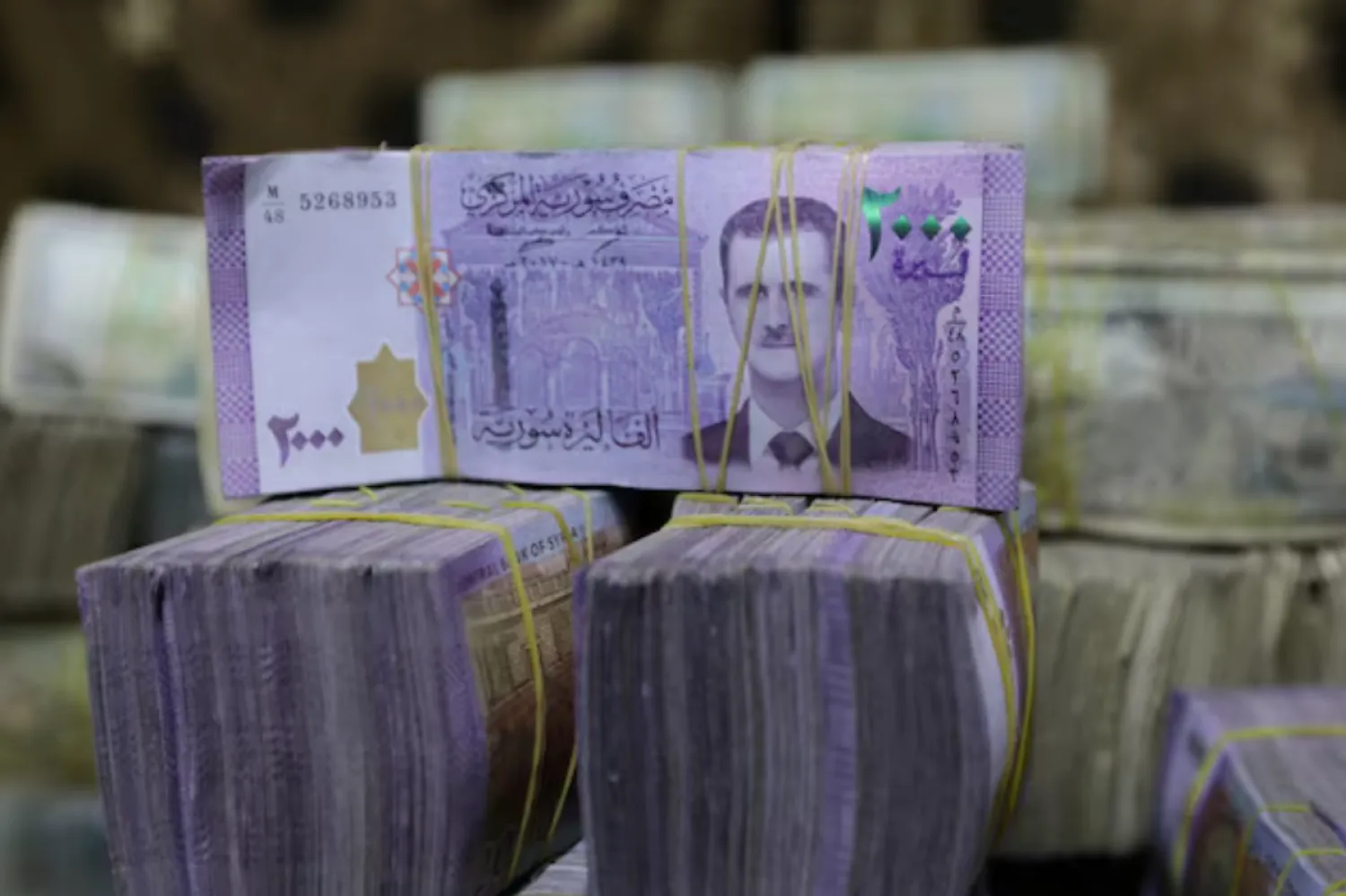The ongoing clashes in South Lebanon have disrupted the school year, as many students have fled the region with their families, while others are besieged in the towns and unable to have a safe access to the classrooms.
The Lebanese Ministry of Education has resorted to temporary solutions, including providing students with the necessary tools for online learning and housing the displaced in safe areas, that is, within schools designated to accommodate them and help them complete their educational programs with the available means.
According to the ministry’s data, around 11,000 students have forcibly left their schools this year.
Director of the ministry’s Secondary Education Department Khaled Al-Fayed said that the concerned authorities were “dealing with a difficult reality that has imposed itself on students.”
He added that efforts were deployed to limit the resulting damage as much as possible.
In remarks to Asharq Al-Awsat, Al-Fayed said that 44 schools, including 12 secondary schools, have been permanently closed in the villages witnessing military confrontations.
He added: “There are 10,800 students who are out of school, including 1,951 in secondary education.”
He noted that these educational institutions are located in the towns of Alma al-Shaab, Marwahin, Marjayoun, Mays al-Jabal, Rmeish, Aita al-Shaab, Taybeh, Aitaroun, Shebaa, al-Khiam, Bint Jbeil and Kfarshuba.
What further complicated the situation was that the battles erupted in the South only one day before the beginning of the academic year on Oct. 8.
The students and their teachers were unable to find alternative solutions, which stirred a state of general confusion.
With the intensification of the Israeli bombing that destroyed hundreds of homes and facilities and forced the residents to flee their towns, the authorities scrambled to find temporary ways to address the crisis.
According to Al-Fayed, the ministry established 10 response centers for academic education students and 10 other centers for vocational education, distributed among areas of displacement in Beirut, Mount Lebanon, and the Bekaa, in addition to a small number of buildings in the cities of Sidon and Tyre.
Despite the difficulty to reach the students who are still trapped in their villages, the Ministry of Education was able to provide them with computers to facilitate distance learning.
The ministry official pointed to the distribution of 3,200 laptops and about 3,000 tablets to students and teachers in the South. As for private schools, he said that around 20 institutions have been closed permanently, while others enjoy a kind of independence and resort to online education through applications varying from WhatsApp to Zoom.
Students in border villages are facing another problem, which is the official baccalaureate exams, as the war is likely to continue until after June, during which the examinations take place.
In a recent announcement, Minister of Education Abbas Al-Halabi decided to conduct the official exams across the country, including the South, without specifying the mechanism by which students in the border villages would be able to sit for them.









